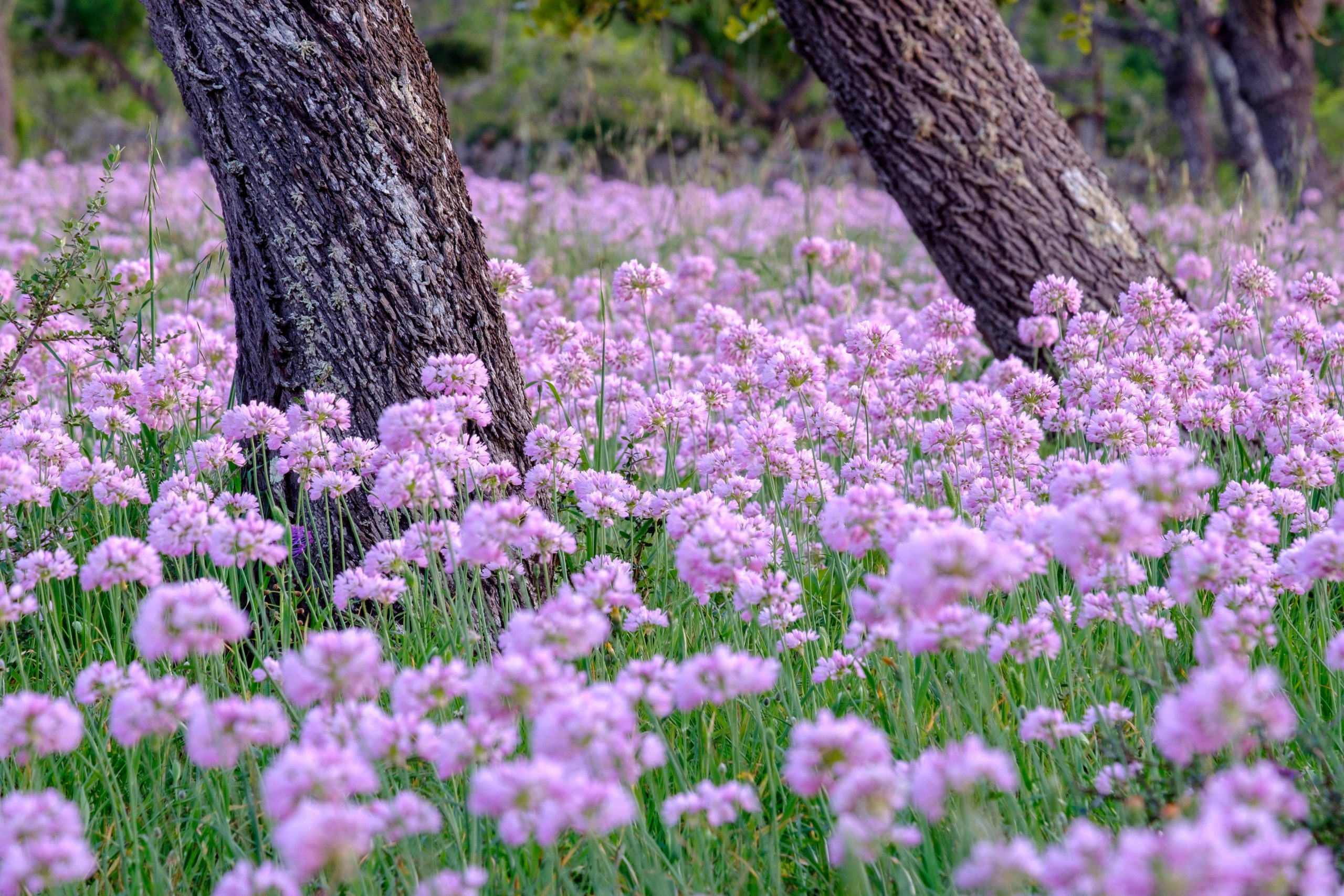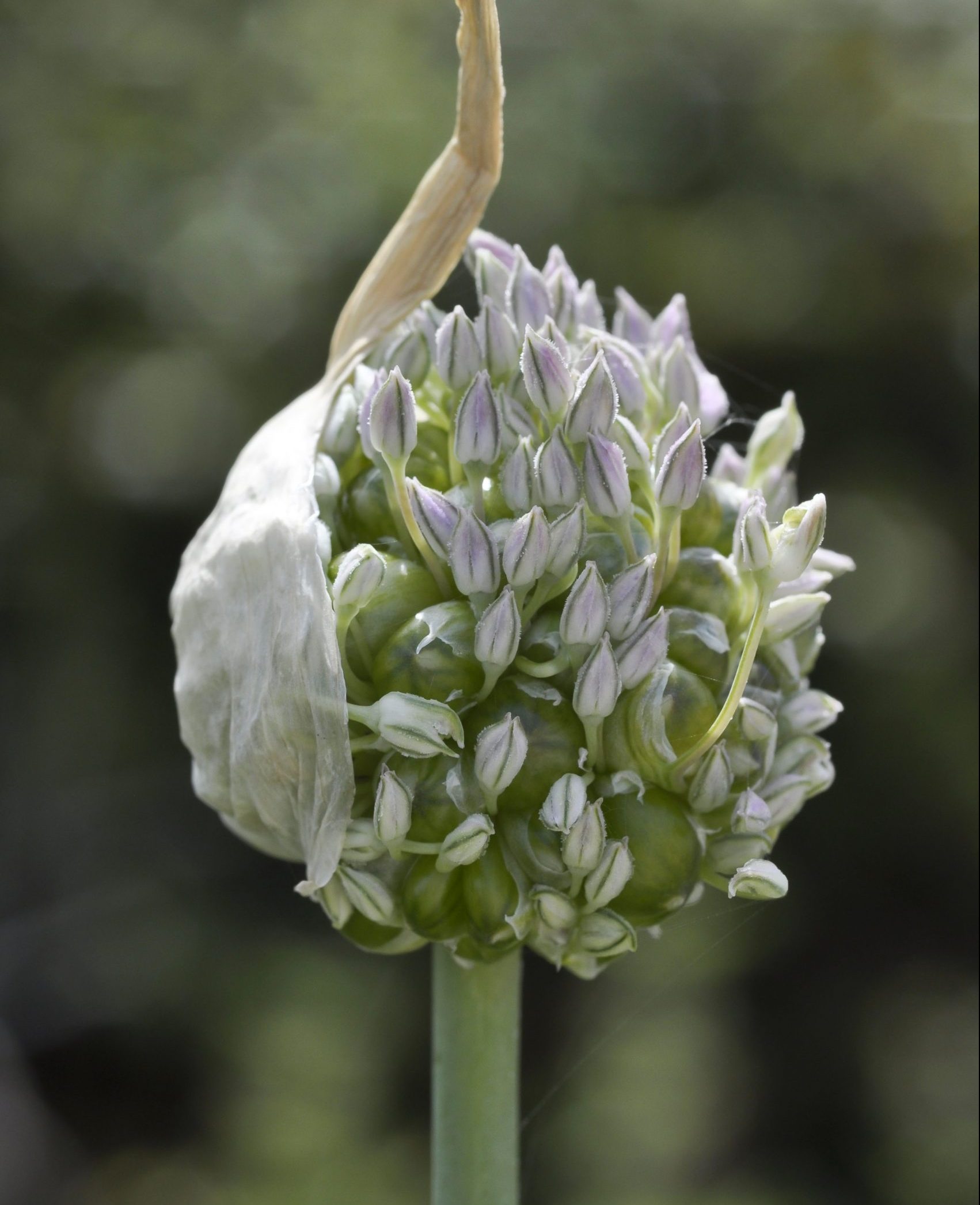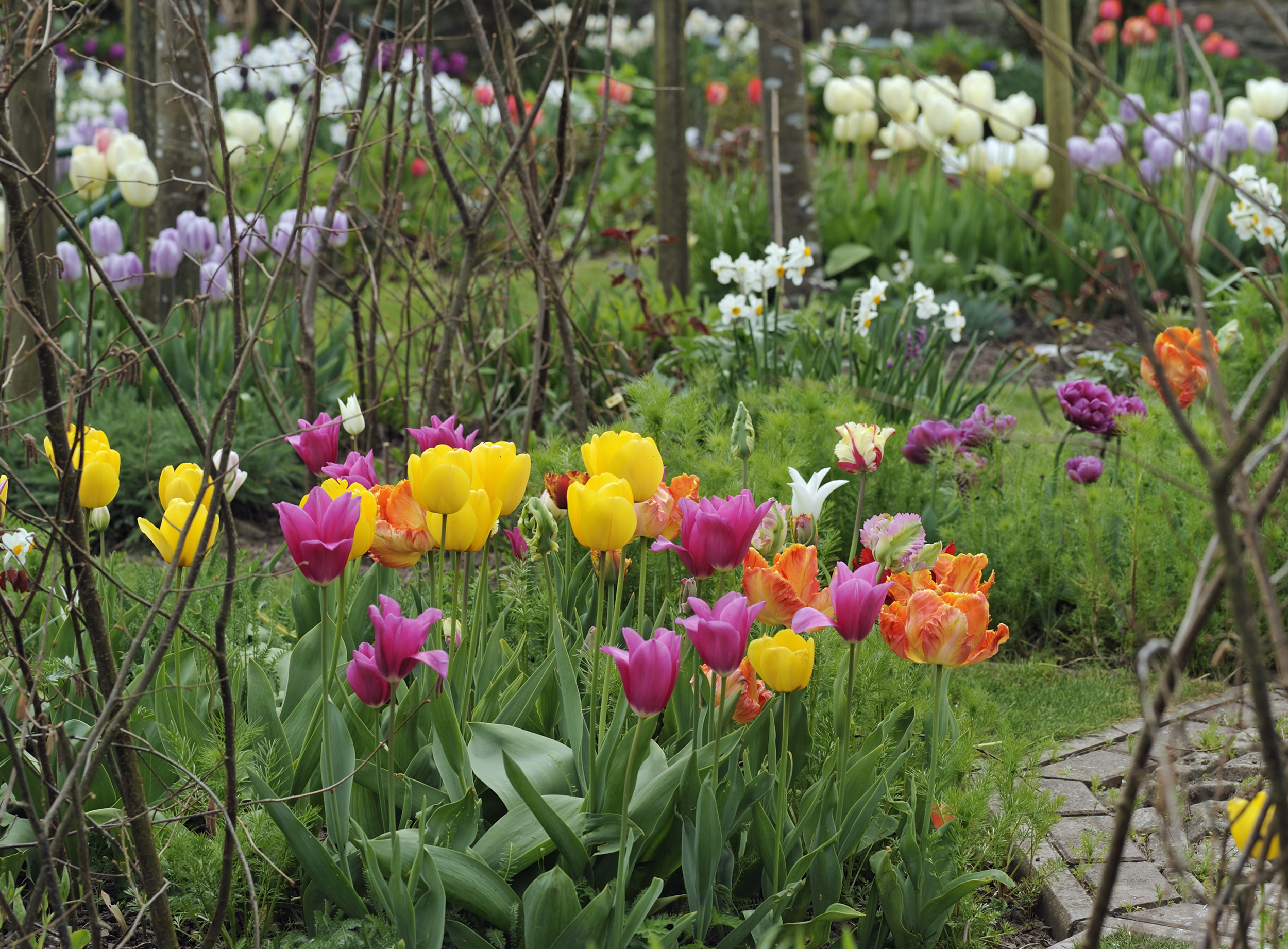Charles Quest-Ritson: I hate almost all alliums — their colour is hideous, their smell is disgusting — but there's one I've fallen hopelessly in love with
Charles Quest-Ritson loves almost all flowers. And the emphasis this week is very much on 'almost'.


All gardeners have their favourite plants. I love roses, rhododendrons, primulas and much more besides. Planting them, seeing them grow and watching them come into flower is a pleasure that never palls. Actually, I like almost all plants and, especially, those that flower abundantly. Pretty leaves and autumn berries are a bonus, but I value flowers above all — lots of them, all through the year.
There are exceptions. Some people don’t like dahlias, gladioli or chrysanths. More fool them, say I, because I love them all. But there are a few genera for which my enthusiasm is muted — bergenias and polygonums, for example — and one that I very much dislike. You may be surprised when I tell you its name: I loathe alliums.
Alliums are onions and many species are described as ‘ornamental’ or ‘flowering’, meaning those grim purple balls stuck on top of wobbling naked stems. Their colour is hideous, their smell is disgusting and they remind me of unkempt kitchen gardens.
You will immediately tell me that not all onions bear purple flowers and suggest that I might like the ‘golden garlic’ Allium moly or the white forms of Allium stipitatum from Persia. No, I don’t. And the one I dislike above all others is that pestilential, foul-smelling, white-flowered weed that some people call ‘ramsons’ and others ‘wild garlic’. Botanists know it as Allium ursinum and say that it is a British native, which is another way of saying it is an aggressive brute in the garden. My vision of hell is a bluebell wood — a vision of beauty — so overrun by stinking ramsons that I can never succeed in weeding them out.
And yet… There are always exceptions. I like the soft pink of Allium roseum, especially when you see it flowering early in spring alongside Iris xiphium in Andalusia in Spain. And A. unifolium from the hills north of San Francisco in California, US, has the same sort of pink prettiness.
But, last year, I fell hopelessly in love with a dwarf species called A. sikkimense. It comes from Tibet and China, as well as Sikkim, and it flowers for about six weeks in late summer, which is a useful time because there aren’t many blue flowers around then. Imagine a clump of chives, studded with many more flowers that are purest blue, slightly paler than a cornflower, perhaps closer to a forget-me-not, but truly penetrating in their blueness. I bought a potful of it during lockdown and it survived the winter easily, so I moved it into a larger pot, split up the clump and spread the tiny bulbs over a larger area. It responded with vigour and now I will split them again to make more clumps and plant them out along the edge of my rose garden.
They’re slightly smaller than the little sets that gardeners plant out to get a useful onion crop from only one season’s growing, but they function quite as well. And if a stem keels over, the bulbils quickly root and grow into a new clump of small or medium-sized bulbs.
Exquisite houses, the beauty of Nature, and how to get the most from your life, straight to your inbox.
The drawback is that the onions they produce are not sweet like modern cultivars, but rather strongly flavoured — perhaps too oniony for some tastes. But they look good in a herb garden and we find that visitors always ask if they could have some of ours.
The other old variety of onion is called Allium ampeloprasum var. babingtonii and it, too, produces bulbils, but in among the flowers at the tip of the growing shoots. I have found that Babington’s onion has only one weakness, which is that the flowering stems can get very tall — up to 5ft — and, as they are hollow, it is difficult to keep them upright.
The bulbs are, however, of good flavour and the leaves are like leeks. My botanist friend Martyn Rix tells me that it is associated with old Celtic settlements in south-west England and Ireland, so it is fair to suppose that it was in cultivation even before the Romans arrived 2,000 years ago.
Many foodstuffs, of course, date back to those distant centuries, but they are constantly improved so that the broad beans and brassicas that we eat today are completely different from those that our ancestors knew. Not so with ‘Babington’s onion’, the taste of which links us immediately to the diet of our ancient British forebears. Enjoy them, then, for their history as much as for their culinary possibilities. All I ask is that you do not allow them to turn into those ghastly, purple, so-called ‘flowering onions’.
Charles Quest-Ritson wrote the RHS Encyclopedia of Roses

Alliums: What to grow and how to grow them, from Elephant Garlic to Babington's Leek
If you want the best alliums, you have to grow them yourself. Mark Diacono explains how to go about it.

Alan Titchmarsh: The 'Hollywood A-listers' of the plant world are fussy, flouncy — and totally irresistible
Alan Titchmarsh waxes lyrical about the benefits of bulbs, and why disposing of them year on year might not be
Charles Quest-Ritson is a historian and writer about plants and gardens. His books include The English Garden: A Social History; Gardens of Europe; and Ninfa: The Most Romantic Garden in the World. He is a great enthusiast for roses — he wrote the RHS Encyclopedia of Roses jointly with his wife Brigid and spent five years writing his definitive Climbing Roses of the World (descriptions of 1,6oo varieties!). Food is another passion: he was the first Englishman to qualify as an olive oil taster in accordance with EU norms. He has lectured in five languages and in all six continents except Antarctica, where he missed his chance when his son-in-law was Governor of the Falkland Islands.
